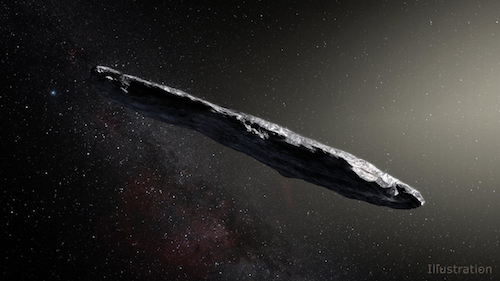NANOBOTS TO THE RESCUE
/Image courtesy of ASU Biodesign Institute
The invention of the microscope might not have started humankind’s interest in the study of very small things, but it certainly provided a major boost. Within the past century we’ve seen advancements like the electron scanning microscope that enables scientists to not only see atomic-sized objects but also manipulate them, and chemical technologies like CRISPR/Cas9 used to edit living genes. Nanoscience is making significant progress in medical fields, including the prospect of some day having robotic devices too small to see programmed to circulate through our bloodstream and keep us healthy.
Maybe that idea was inspired by the 1966 movie Fantastic Voyage which featured a team of scientists in a submarine shrunk down to microscopic size, racing through a bloodstream to dissolve a potentially fatal blood clot and save a man’s life. Loving that idea (but reluctant to write about shrink rays) I wrote a (so-far-unpublished) novel and published a prequel story to it called “Shakedown” that featured a nano-scale submersible piloted remotely through the bloodstream using virtual reality. You can read “Shakedown” here. While both stories are science fiction, the reality is coming closer than ever.
New work performed by Arizona State University along with China’s National Center for Nanoscience and Technology is an astonishing step forward.
Cancer tumours are like other living tissue in that they need circulation of blood to survive. They have their own blood vessels, just like our skin and organs. So what if you could cut off that blood supply to a tumour without harming healthy cells around it?
Great idea—the problem is how to do it. We know that an enzyme called thrombin is used by the body to seal wounds and keep our blood from leaking out. Thrombin binds a substance called fibrin with platelets to produce clotting at the wound. A good thing. Mind you, blood clots in the wrong places can be deadly to tissues, causing embolisms and possibly strokes. A bad thing. Unless you could find a way to cause blood clots only in the blood vessels of cancer tumours.
That’s what the Arizona and Chinese scientists have done, and in a brilliant way.
They had to solve two problems: how to deliver thrombin through the bloodstream to the site of the tumour, and how to keep it from accidentally affecting blood vessels of healthy tissue. The delivery system they developed uses DNA—yes, the stuff in our genes that carries the information that makes our bodies the way they are. Turns out DNA can be folded in lots of ways. So these scientists have performed DNA origami, making little DNA tubes with thrombin molecules inside them. Kind of like a tube of tennis balls. Then, to make sure this special package gets delivered only to the right address, they attached a chemical called a DNA aptamer that’s attracted to a protein only found on the surface of the tumour cells, not on healthy cells.
Apparently, the system has worked well in tumours in mice, producing substantial blockages and the consequent deaths of the tumour cells.
You’ll know by now that lots of work remains to be done before the technique can be used on humans, but there’s no reason to believe it won’t happen. And that’s just one example of the progress being made. Maybe, you’ll quibble, a folded tube of DNA isn’t exactly a robot, and a chemical bonding agent can’t truly be called “programming”. Well, I think that will come too, someday. In the meantime, every new nano-medical success is something worth celebrating.











